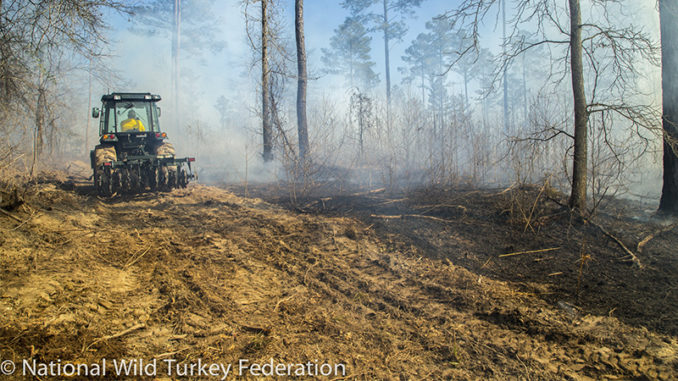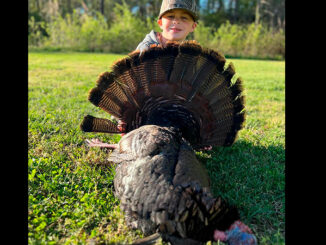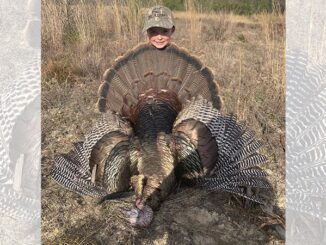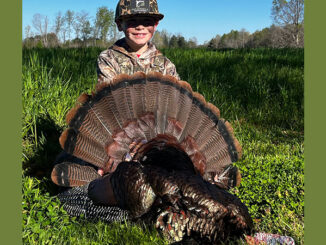
Springtime controlled burns help turkey populations
Every spring, many state forests, national forests, and individual land owners perform controlled fires on their property. And every spring, nature lovers and turkey hunters sound the alarm that the fires are damaging all the turkey nests and eggs.
But the National Wild Turkey Federation (NWTF), the U.S. Forest Service, the SCDNR, NCWRC and wildlife agencies across the southeast say it just isn’t so. Prescribed fire is one of the most effective management tools for wild turkey populations. And these organizations have done the studies to prove it, over and over and over again.
“They shouldn’t burn during the spring when turkeys are laying eggs.” That’s a common statement from those who sound the alarm each year. But burning at that time benefits wild turkeys the most.
Winter burning is also used by wildlife managers at the state and national level. And studies have shown that turkeys prefer not to lay eggs during the spring in areas that were burned in the previous winter because these areas don’t offer enough cover. Those that do are forced to lay their eggs along borders with roads or other clearings (that are bigger than they prefer) because no other cover exists. And this makes them and their eggs (and poults) easy targets for predators.
Turkeys will re-nest when eggs or poults are lost
Turkeys prefer to lay eggs in areas that have been burned within the past 2 to 3 years. Such areas offer clear views, allowing turkeys to spot predators far away, as well as small patches of cover that help the birds conceal their nests. Such areas are not present in areas that haven’t been burned within recent years.
In short, few turkeys will lay eggs in areas that are burned each spring because they simply prefer the perfect mix of cover and openness that are present only in areas that haven’t been allowed to grow as thick as the areas that are scheduled to be burned that spring. That’s because those conducting the fires only burn certain portions of forests every few years.
But turkeys do use recently burned areas for finding seeds and insects, and numerous studies have found turkeys roosting in trees the very day after prescribed fires have burned the understory in that forest.
Of course, holding controlled burns must be done properly to benefit wild turkeys. And doing it properly includes burning portions of contiguous acreage instead of entire forests all at once. And that’s the way state and national forest burns are conducted.
NWTF supports springtime prescribed burning
The NWTF has released numerous statements in support of prescribed fire. They even note the importance of holding them during the spring growing season. Along with many other organizations, their research has proven this to be the case. Very few turkey nests are lost during springtime burns, they say. And they also remind hunters that when hens lose eggs — either to predators, natural disasters, or fire, they often re-nest up to three times during that same spring.
“Many blame poor reproduction and observed declines in hunter harvest on the use of prescribed fire, particularly burns conducted during the growing season, which coincides with the spring nesting season for wild turkeys. While the loss of wild turkey nests to prescribed fire is a legitimate concern, a majority of wild turkey research shows very few turkey nests are lost directly because of springtime burns. Research suggests that hens prefer nesting in areas that have been burned within the past two years and not in high numbers in unburned areas because the habitat is too thick. For the few nests that are lost due to habitat management activity, predation, or even weather-related events, it’s important to note that hens may re-nest up to three times.” —NWTF
“Without fire, the least expensive and most efficient management tool we have available, maintaining current turkey populations would be much more difficult and expensive. As such, the NWTF strongly supports the use of prescribed fire to achieve habitat management objectives that will create ideal habitat for wild turkeys.” —NWTF
Click here to read one of many articles from NCWRC supporting springtime prescribed fire, and click here for one of many from SCDNR.





Be the first to comment